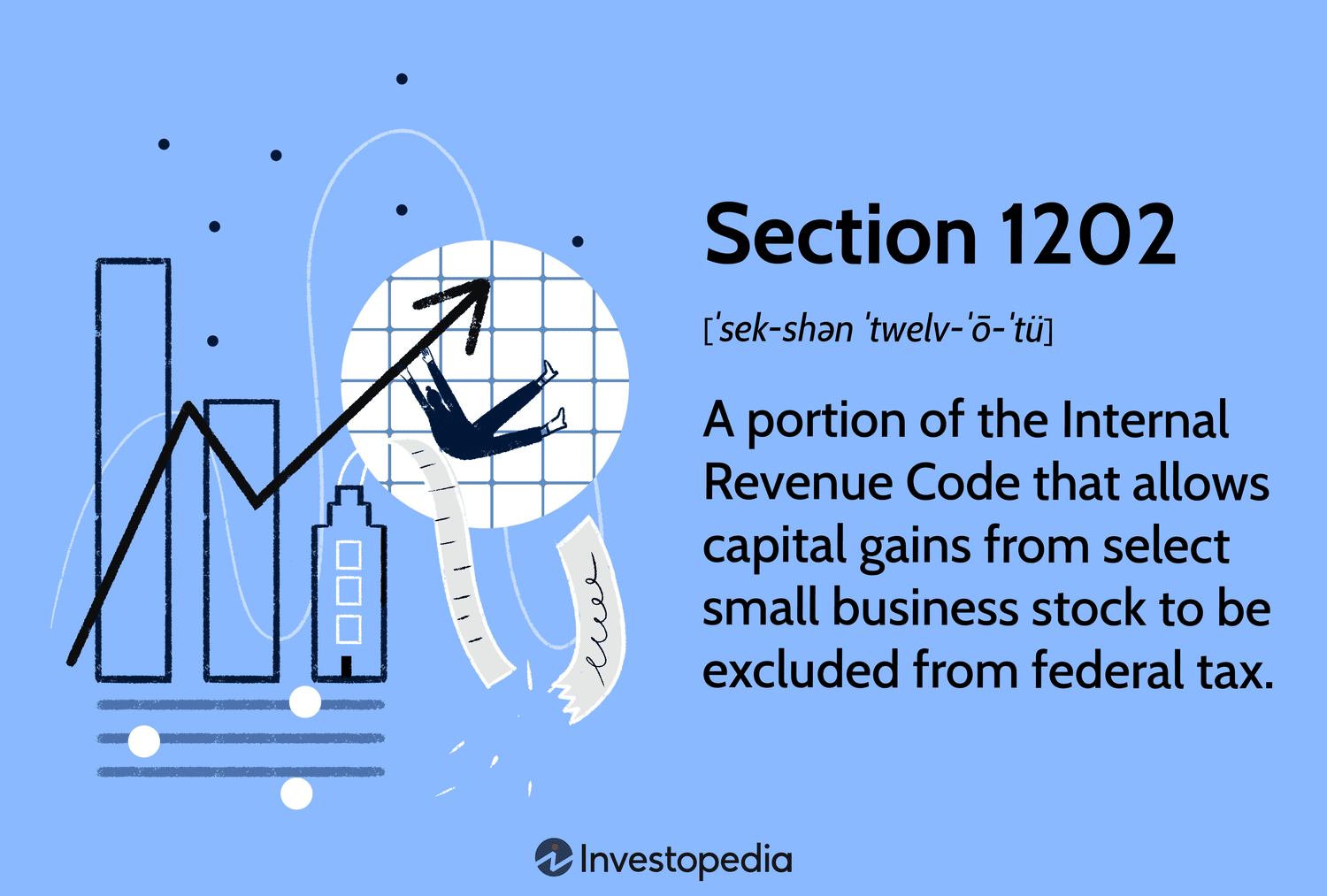The Lacerte Tax Planner provides multi-scenario and multi-year income tax planning, allowing users to project future tax liabilities and provide clients with graphical reporting showing how they can best minimize those liabilities. The 2004 program has added support for seven states, and now supports AZ, CA, CO, CT, GA, IL, IN, LA, MA, MD, MN, NJ, NY, OH, OK, OR and WI, as well as a generic state that includes common adjustments for each state, and includes all of the specific state tax tables, standard deductions and exemption amounts. Lacerte Tax Planner costs $395 for the Federal module for a site license, $50 per state module or $150 for the all-states bundle, and is also available via a pay-per-return system for $25 per processed plan.
PROGRAM
USE/DATA ENTRY – 4.5 Stars
Tax Planner’s interface is
simple to understand, with basic
program feature icons/buttons across
the top, with a primary tabbed window
below. This tabbed section provides
access to screens for a Summary
view, as well as detailed screens
for Income, Adjustments, Deductions/
Exemptions, Tax, Credits, Other
Taxes and Payment information. Within
each tab screen, the system provides
a menu tree on the left side of
the screen that provides a list
of worksheets pertinent to that
information screen. Lacerte Tax
Planner uses a spreadsheet-based
interface that allows advanced options
such as drill-down access to forms
and supporting worksheets, one-click
MFS/MFJ comparisons, and data-entry
productivity features, as well as
integrated selection menus and forward
and back navigation buttons.
The built-in Watch List at the bottom
of the screen lets users select
key fields from any worksheet and
keep it on-screen at all times.
This allows the user to immediately
see how changes affect these items,
such as taxable and total income,
adjustments, etc., from any screen
within the program.
Although the system is ideally designed
to be used in conjunction with Lacerte’s
tax preparation program, manual
entry of tax information can be
made fairly easily by selecting
the field to be entered from the
appropriate tabbed screen. To enter
or modify capital gains data, for
instance, the user would select
the Income | Capital Gains. The
user then would have the option
of directly entering a completed
capital gains amount, or drilling
down further to enter more detailed
information regarding the capital
gains activity, such as long-term
and short-term gains and losses.
A Copy Column feature makes manual
entry and quick projections a little
easier, allowing the transfer of
data to any other column in a plan
file. The system also allows notes
to be attached to any field.
Lacerte Tax Planner supports up
to 10 scenarios extending out to
10 years, with four basic types
of tax plans: Case/Year Analysis,
MFS/MFJ Comparison, Difference Analysis,
and Adjustment Analysis. The system
includes all planned phase-outs
and changes to tax and deduction
rates, IRA contribution limits and
other items such as capital gains
tax rates. The system also includes
an Inflation Rate feature for estimating
items like standard deductions that
are traditionally indexed by inflation.
An included diagnostics feature
alerts the user to overridden and
carryover amounts and provides other
plan-specific information that helps
ensure a tax plan is complete and
accurate. Although the program supports
multiple states, it does not support
non-resident state calculations.
REPORTING
– 4.5 Stars
Lacerte offers a variety of report
templates as well as the ability
to create customized reports, including
headers, footers and other documents
such as cover and instruction letters.
The system provides visual output
in the way of charts and graphs
that can likewise be customized
using a wizard application that
guides the user through the process,
allowing users to provide clients
with visual comparisons of virtually
any data over a selected time frame
with varying data. Tax Planner can
also generate reports to *.PDF format,
allowing simplified e-mailing of
plans to clients.
IMPORT/EXPORT
CAPABILITIES – 4 Stars
Tax Planner integrates with Lacerte
Tax, which simplifies data transfer
for professionals using both programs.
The tax program includes an icon
that allows users to transfer data
quickly, then opens the Tax Planner
program to a summary worksheet of
the client file. All tax data is
transferred and accessible via drill-down
methods. Data from other tax systems
is not easily transferable into
Lacerte Tax Planner.
HELP,
TRAINING & SUPPORT – 5 Stars
Tax Planner includes a traditional
built-in Help utility that offers
indexed and searchable assistance,
as well as online support tools
that include FAQs, e-mail contact
options and a new Feedback Tool.
Toll-free telephone support is also
available. Lacerte offers a variety
of training programs, including
self-training tutorials, in-person
seminars throughout the country,
and webinars, some of which provide
CPE credit. The system also includes
built-in tools that assist the user
while actively using the program,
such as the diagnostics function,
which alerts the user to carryover
items or overrides within a tax
plan.
RELATIVE
VALUE – 4.5 Stars
Because of its integration with
Lacerte Tax, Lacerte Tax Planner
will provide greater benefit to
users of Lacerte Tax, providing
almost instant access to prior tax
year information without redundant
data entry. The system is simple
to learn and includes strong productivity
features such as the built-in diagnostics
tool. New for 2004, the system includes
the ability to maintain tax plans
by updating them with current year
information, allowing for more accurate
planning and a simplified process.
2004 OVERALL RATING: 4.5
For the products in this review section, we looked at five key areas that users and vendors stated were of primary concern:
Program Use/Data Entry
As with any software, the ease with which the program’s functions can be operated and the amount of time it takes to grow accustomed to a tax planning program affect its value in a professional setting. This section looks at general navigation and data entry, as well as more specific functions such as calculations, the number of plans/scenarios the program supports, comparisons offered and additional productivity tools such as diagnostics and checklists.
Reporting
Reporting is one of the key components of a tax planning program, allowing professionals to provide clients with a comprehensive, yet comprehendible, assessment of how financial activities may affect future tax liabilities. This component assesses a program’s ability to provide summary and detailed reports as well as client-deliverables such as graphs, *.PDFs and client letters. The customizability of these reports and communications also adds value to a program by enabling a user to brand and personalize client contact.
Import/Export Capabilities
As a starting point, almost all data needed for the base year of a plan has already been entered into a tax preparation program ‘ there’s no need to enter it twice, especially with complex clients. Thus, the ability of a program to pull client financial data from at least its sibling tax preparation program, if not competing programs, is essential. Further integration with outside programs such as Excel and Word further aid in the usefulness of the tax planning application.
Help, Training & Support
While not needing technical support is always preferred, its availability is important. This section looks at how the program provides assistance to users through built-in help utilities, tutorials, online support centers and general functionality, in addition to optional training programs offered by the vendor.
Relative Value
This is the ‘Bang for your Buck’ section ‘ the reviewer’s subjective opinion of how closely the software’s value to a practitioner matches its cost. Because every practice is different, this section generally identifies what kind or size of firm would benefit the most from it, in recognition that large and small firms often see things very differently when it comes to their IT expenses.
Overall Rating
Finally, the overall rating gives an overview of how a product scored in each of the identified categories, and is the average of those scores rounded to the nearest half-star.
Thanks for reading CPA Practice Advisor!
Subscribe Already registered? Log In
Need more information? Read the FAQs



